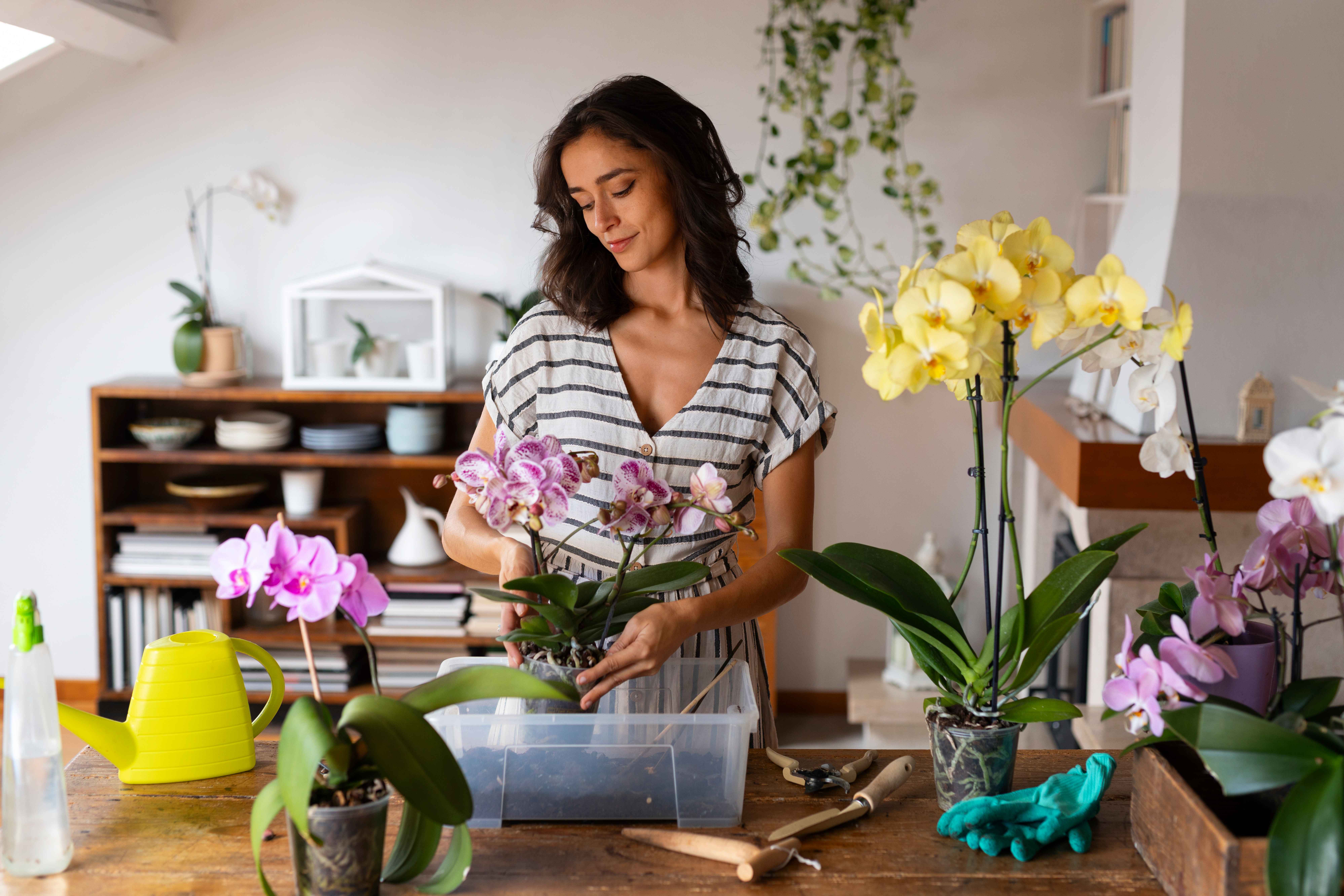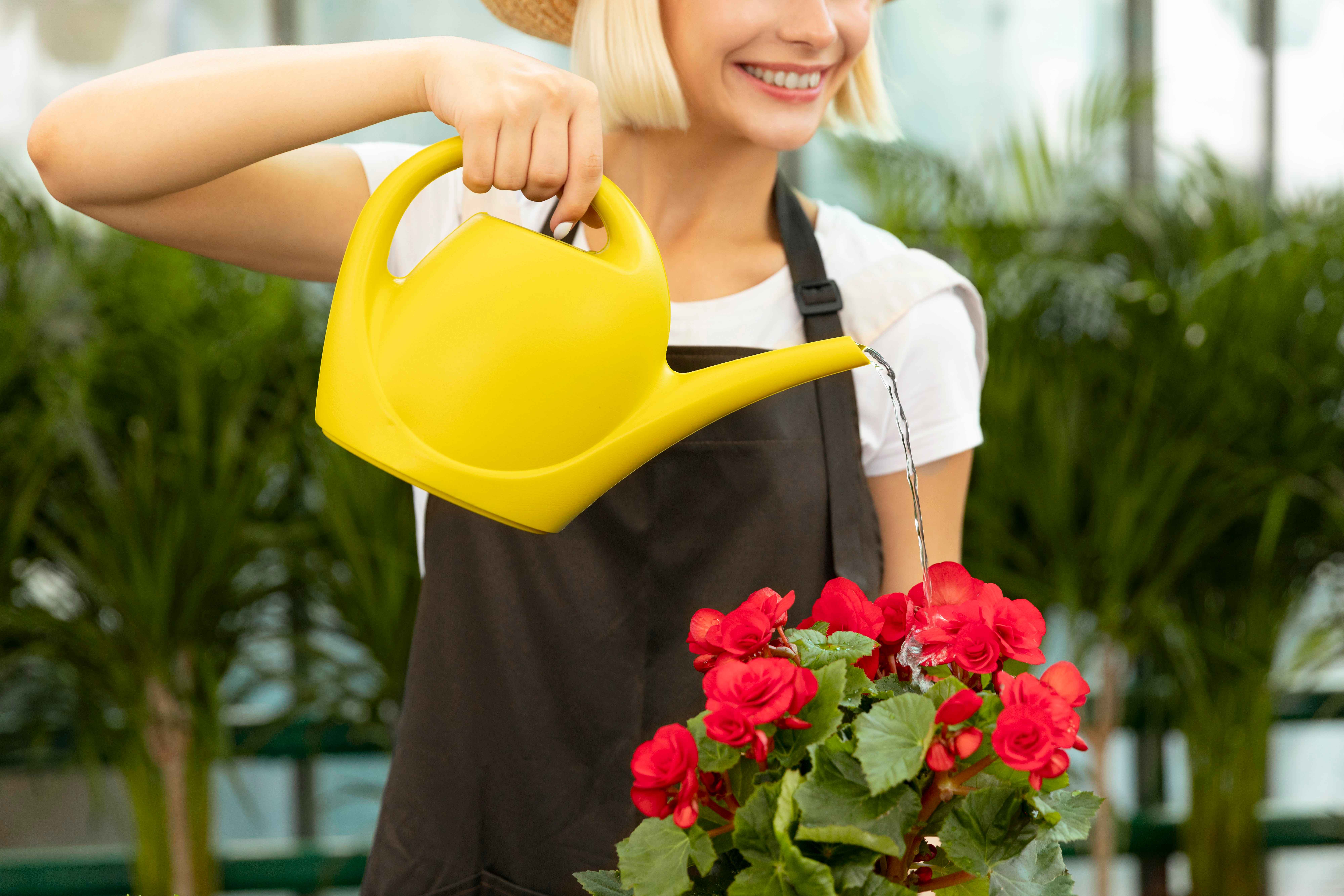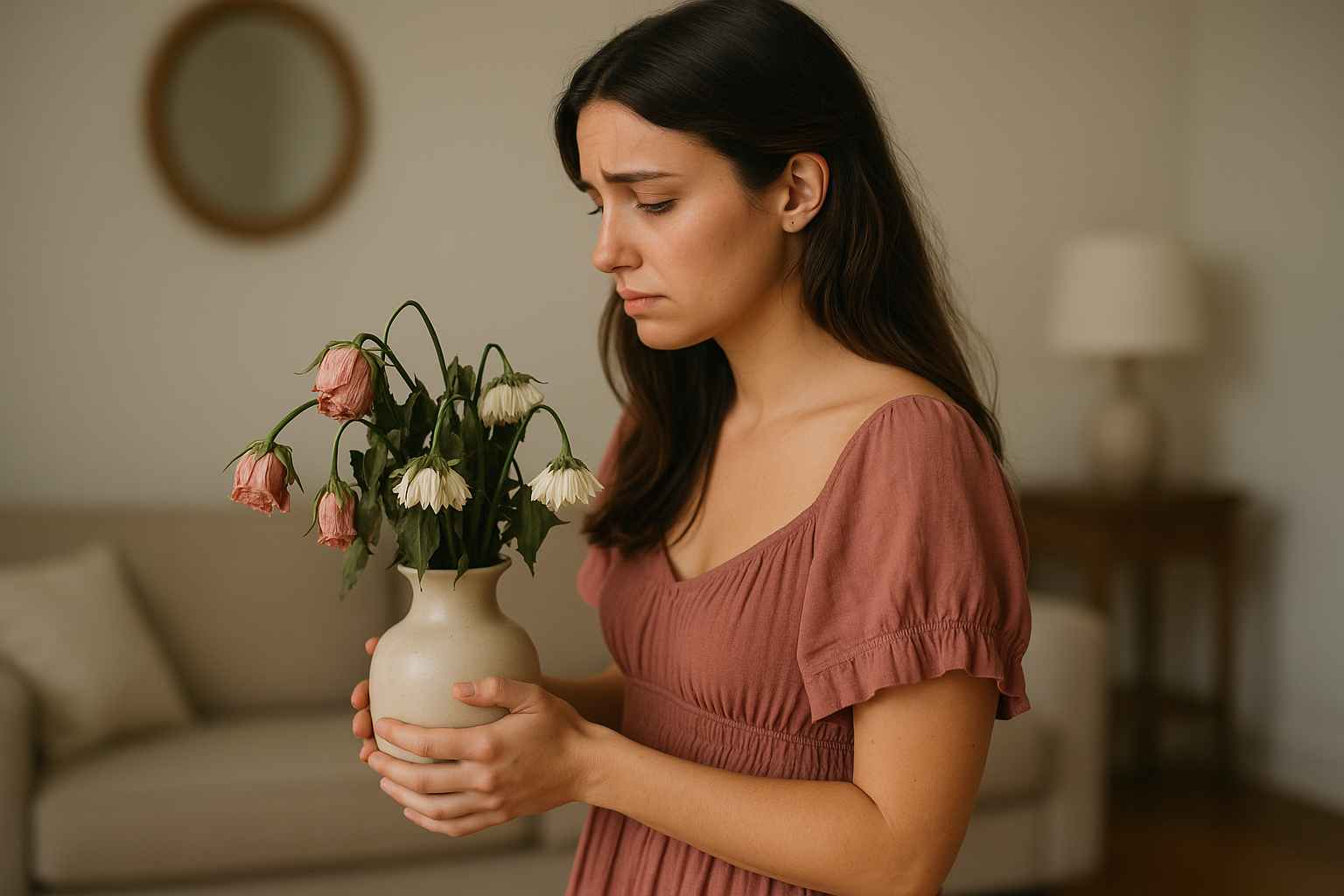Do’s and Don’ts of Flower Maintenance

Fresh flowers add charm, color, and elegance to any setting. Whether it's a gift hand-bouquet, a decorative centerpiece, or an arrangement on your office desk, flowers brighten up the atmosphere instantly. However, keeping flowers looking vibrant for days requires proper care and attention. If you're not familiar with the best practices, flowers can wilt quickly, lose their color, and even develop unpleasant odors.
To help you preserve your blooms and enjoy their beauty longer, here’s a complete guide to the essential do’s and don’ts of flower maintenance.

Do’s of Flower Maintenance
1. Do Trim the Stems
Always trim the stems before placing flowers in a vase. Use sharp, clean scissors or floral shears and cut each stem at a 45-degree angle. This allows better water absorption and prevents the stem from resting flat against the bottom of the vase, which can block the water supply.
Cut about one inch off the stem and re-trim every two to three days to keep the ends fresh.
2. Do Change the Water Regularly
Flowers need clean water to thrive. Stale water can quickly become a breeding ground for bacteria, which will shorten the lifespan of your flowers. Replace the water every two days and rinse the vase thoroughly before refilling it.
Fresh water also helps the flowers absorb nutrients more effectively and prevents unpleasant odors.
3. Do Remove Lower Leaves
Any leaves that sit below the waterline should be removed. When submerged, leaves decay quickly and encourage the growth of harmful bacteria. This not only affects the clarity of the water but also causes stems to deteriorate faster.
4. Do Use Flower Food
Most floral arrangements come with a packet of flower food. This contains essential nutrients and antibacterial agents that help preserve freshness. Follow the instructions when adding it to water.
For a deeper look at how this works, read The Power of Flower Food in Preserving Cut Flowers
5. Do Keep Flowers in a Cool Spot
Heat accelerates the blooming process and causes petals to wilt faster. Keep your flowers in a cool area, away from direct sunlight, heaters, and appliances that emit heat.
For extra longevity, move your arrangement to a cooler room overnight.
6. Do Remove Wilting Flowers
As some blooms age faster than others, it is important to remove wilting or dying flowers from the arrangement. Aging flowers release ethylene gas, which speeds up the decline of nearby healthy flowers.
7. Do Separate Flowers by Type
Some flowers require different care methods or release natural substances that can harm other blooms. For example, daffodils release a sap that can damage tulips when placed in the same vase.
If you’re unsure about flower compatibility, group similar species together or use separate vases.

Don’ts of Flower Maintenance
1. Don’t Use Extreme Water Temperatures
Avoid using hot or ice-cold water when filling your vase. Room temperature water is ideal for most flowers. Extremely cold or hot water can shock the stems, making it difficult for them to absorb nutrients.
2. Don’t Place Flowers Near Ripening Fruit
Fruits such as apples, bananas, and pears release ethylene gas during the ripening process. This gas can accelerate flower aging and cause petals to wilt prematurely.
3. Don’t Overcrowd the Vase
A tightly packed vase may look full and lush, but it can restrict airflow and limit water access to all stems. Overcrowding leads to faster bacterial buildup and wilting.
4. Don’t Ignore the Vase Material
The material of your vase matters. Metal and unsealed wood vases can corrode or harbor bacteria when in contact with water and floral preservatives. Stick to clean glass or glazed ceramic containers for better results.
5. Don’t Leave the Wrapping On
Florists wrap bouquets in plastic or paper for protection during transport. Once home, remove all packaging. Leaving the wrapping on traps moisture and restricts airflow, leading to mold or stem rot.
6. Don’t Expose Flowers to Drafts
Avoid placing flowers near open windows, ceiling fans, or air conditioners. Constant airflow can dehydrate petals and weaken stems, especially with delicate varieties like peonies or hydrangeas.
7. Don’t Assume One-Size-Fits-All Care
Different flowers have different needs. Some require deep water, others prefer shallow. Some need misting, while others do better with direct soaking.
Learn more with this guide: How to Care for Fresh Cut Flowers
Recognize the Signs of Dehydration
Even if you follow all the right steps, your flowers may sometimes show signs of stress. Drooping petals, faded colors, and limp stems are common signals that your flowers aren’t getting enough hydration.
Read more about these warning signs in our post: Signs Your Flowers Are Thirsty.
If your flowers are already looking wilted, don’t worry, there’s hope. Learn how to bring them back to life in The Ultimate Guide to Reviving Wilted Flowers.
Maintaining flowers is a simple but rewarding habit that allows you to enjoy their beauty much longer. By following these basic do’s and don’ts, you can ensure your arrangements stay vibrant, fragrant, and fresh for as long as possible. Whether you are caring for a bouquet of roses, a mix of wildflowers, or a single statement bloom, a little attention goes a long way.
Flowers are not just decor; they are an experience. Give them the care they deserve, and they will reward you with elegance, color, and joy.










